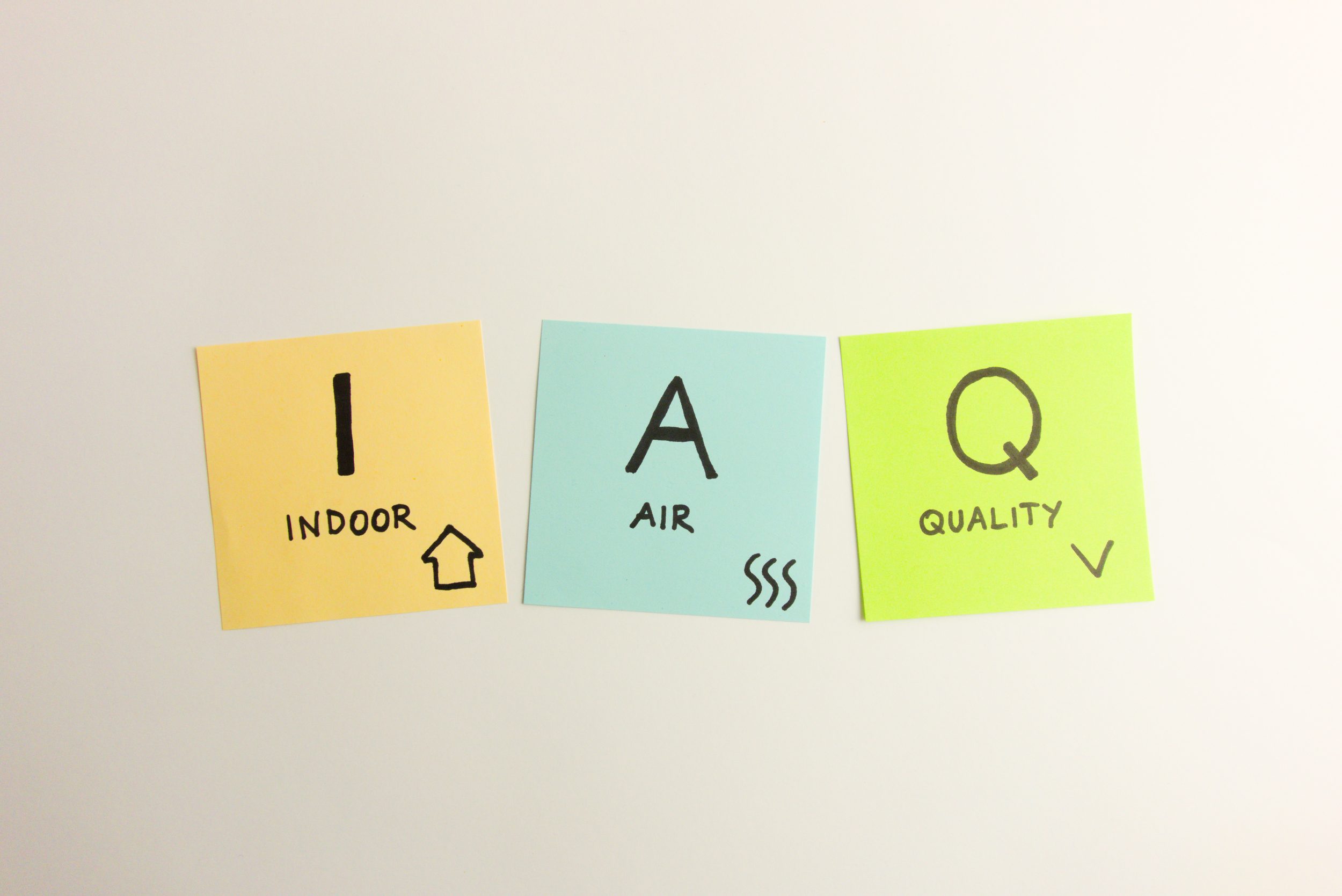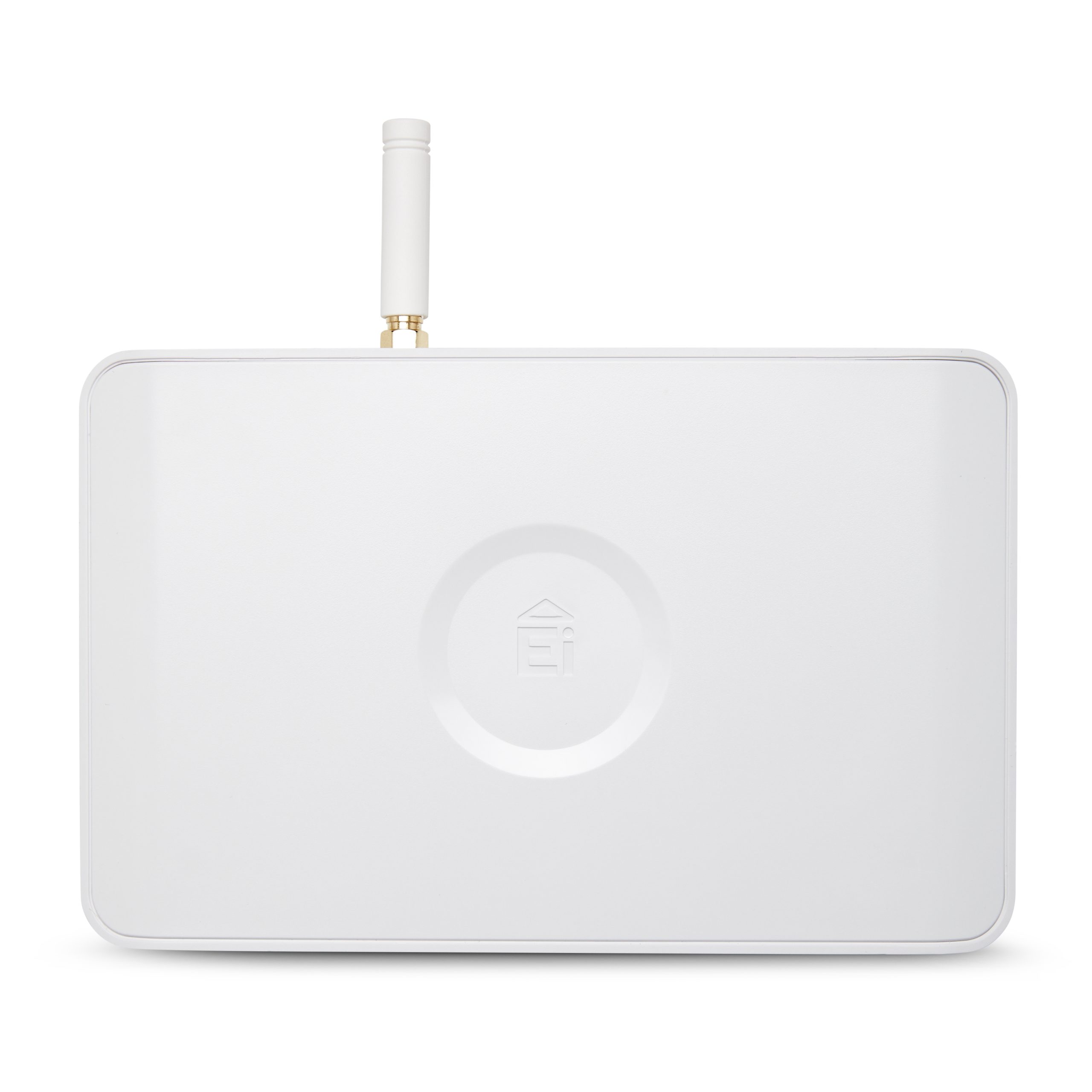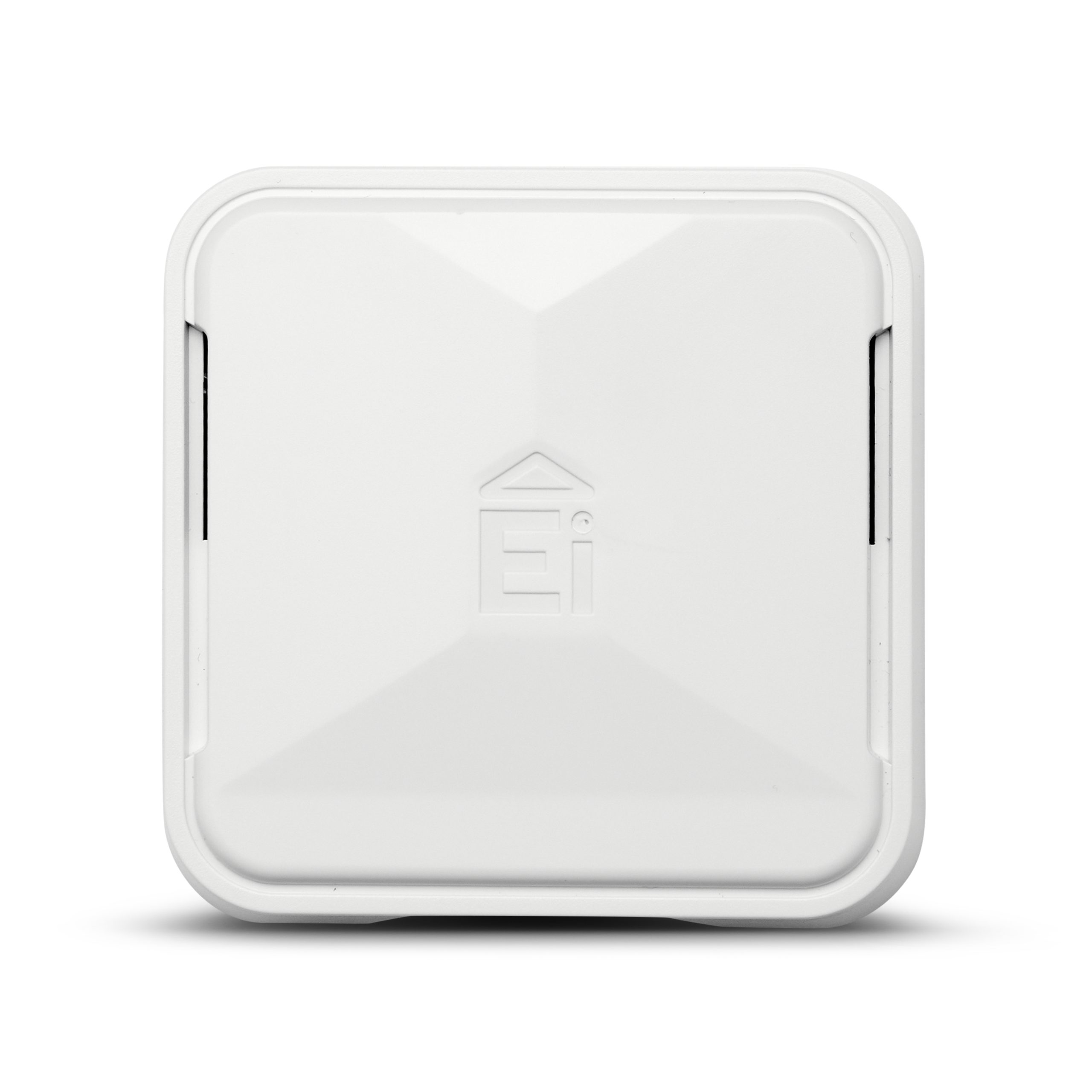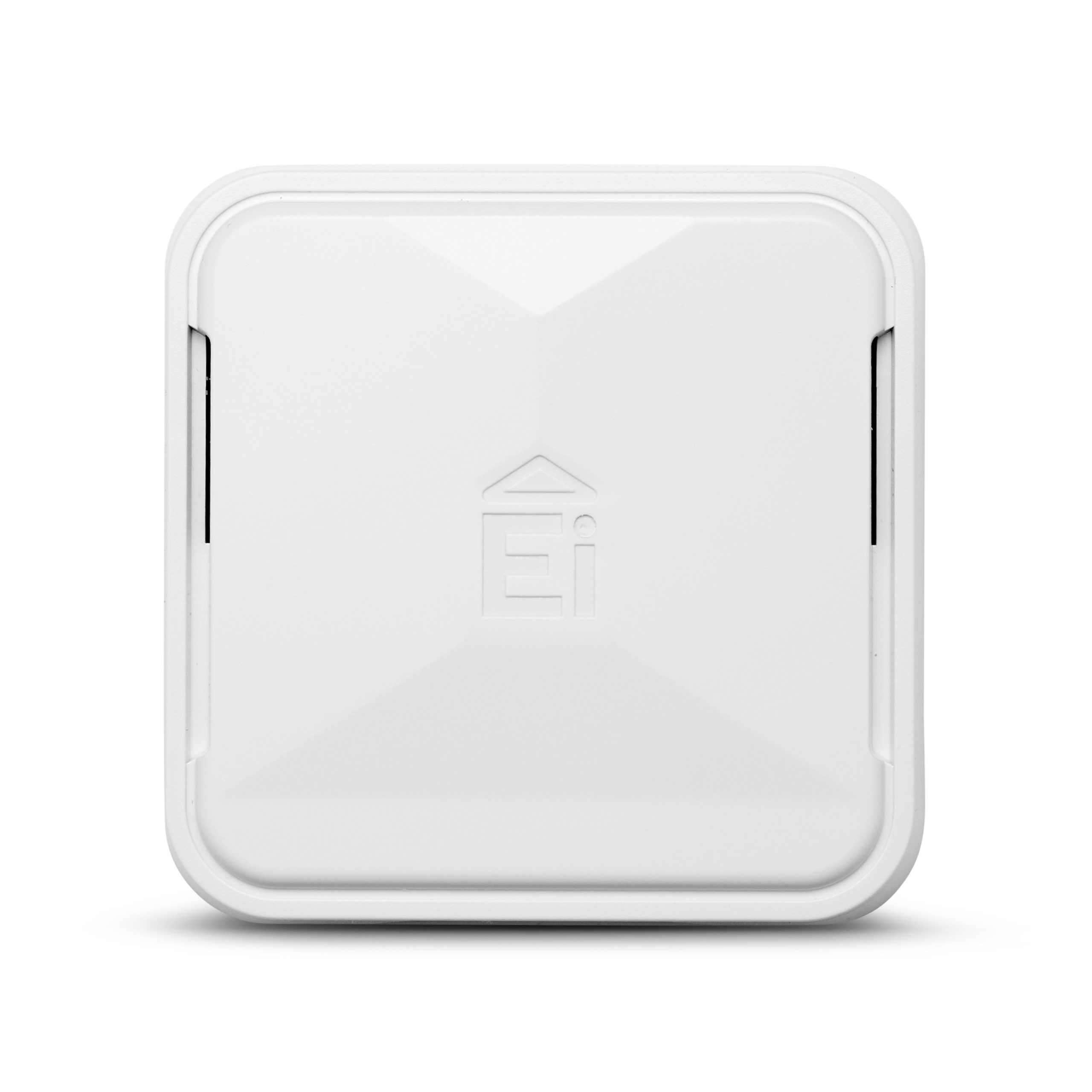Breathe Easy at Home: The Importance of Indoor Air Quality

In our busy lifestyles it is important that we can shut our computers down and go home to relax and recharge, but how healthy is the environment we are going home to? Is it a healthier environment than the one we are leaving?
Indoor Air Quality (IAQ) in the home is essential for our overall health and well-being. Many everyday activities and materials contribute to poor IAQ. These include:
- Cooking and cleaning products
- Pet dander
- Smoking
- Fumes from furniture and building materials
These factors release pollutants like particulate matter (PM), volatile organic compounds (VOCs), carbon monoxide, and radon. Exposure to these pollutants can lead to respiratory problems, allergies, and even chronic health issues.
What is particulate matter?
Air pollution comes from tiny particles called particulate matter (PM). These particles can be solid or liquid, and some are made up of harmful chemicals. Because they’re so small, some PM can enter your bloodstream, travel throughout your body and potentially cause health issues. This is why exposure to PM can be especially risky for young children, older adults, and people with breathing problems.
To understand the health risks better, scientists classify PM by size. In the UK, they focus on measuring two types: PM10 (particles less than 10 micrometres in diameter) and PM2.5 (particles less than 2.5 micrometres in diameter). This helps them track the most concerning types of PM pollution. (National Statistics, GOV.UK)
So, why is IAQ important?
Health: Good IAQ reduces the risk of respiratory problems, allergies, asthma attacks, headaches, and fatigue. Long-term, it can even help prevent chronic respiratory and heart diseases.
Comfort Zone: Clean air creates a pleasant living environment. It promotes better sleep, boosts energy levels, and improves overall well-being.
Sharper Mind, Better Results: Studies show that good indoor air quality can enhance cognitive function and productivity, especially in offices and schools. Fewer headaches and fatigue mean better focus and work performance.
Safety First: Certain pollutants like carbon monoxide can be dangerous at high levels. Monitoring air quality helps ensure the safety of everyone in the building.
How can we improve IAQ?
Here are some key actions you can take to improve indoor air quality:
- Proper Ventilation: Regularly open windows and doors to allow fresh air circulation.
- Air Purifiers: Consider using air purifiers to capture airborne pollutants.
- Minimise Pollution Sources: Opt for natural cleaning products, avoid smoking indoors, and choose low-VOC furniture materials.
- Maintain a Clean Environment: Vacuum regularly and keep your home dust-free.
- Regularly changing air filters in Heating, Ventilation and Air Conditioning (HVAC) systems
- Keeping indoor humidity levels between 30-50%
- Monitor your indoor environment’s air quality, temperature, and humidity. This data empowers you to identify potential issues and take action.
Monitoring your indoor environment
Environmental sensors like Aico’s Ei1025 monitor indoor air quality, temperature, and humidity. This data can be key to creating a comfortable and healthy living environment from identifying an environmental risk, for example, high levels of carbon dioxide (CO2), a high risk of mould or bad ventilation, to knowing immediately if there are maintenance issues.
The Ei1025 can be integrated into Aico’s HomeLINK Connected Solution. This allows you to see a more complete picture of your home’s health, with all the data conveniently accessible on the HomeLINK Portal.
Aico offers expert support to help you understand the data environmental sensors collects. This ensures you get the most value from your investment and can take action to improve your indoor air quality if needed.

Fostering a healthy indoor environment is an achievable goal with significant ramifications for your well-being. By implementing the strategies outlined above, you can create a space that actively promotes optimal health and productivity. Consider investing in monitoring tools like Aico’s HomeLINK Environmental Sensors to gain valuable insights into your home’s air quality. Remember, prioritising IAQ is an investment in your long-term health and a commitment to creating a healthy and sustainable living space.
Find out more about the Connected Home Solution here: https://www.aico.co.uk/homelink/






